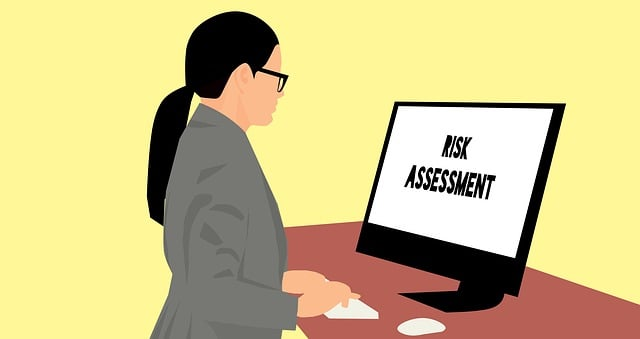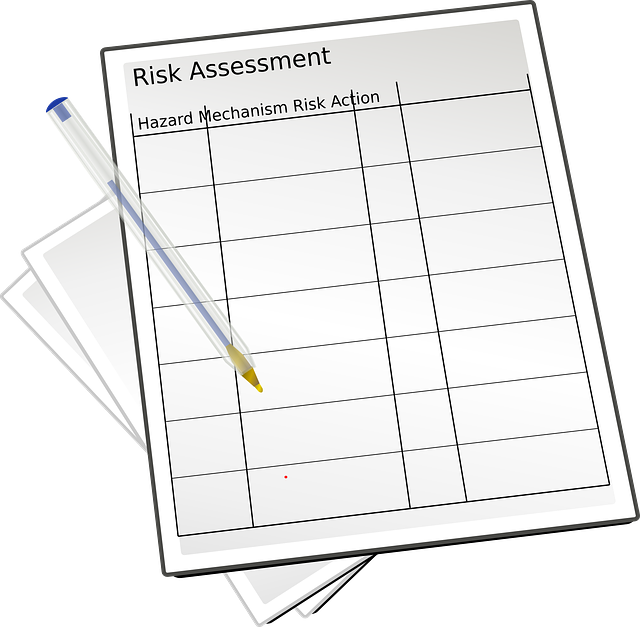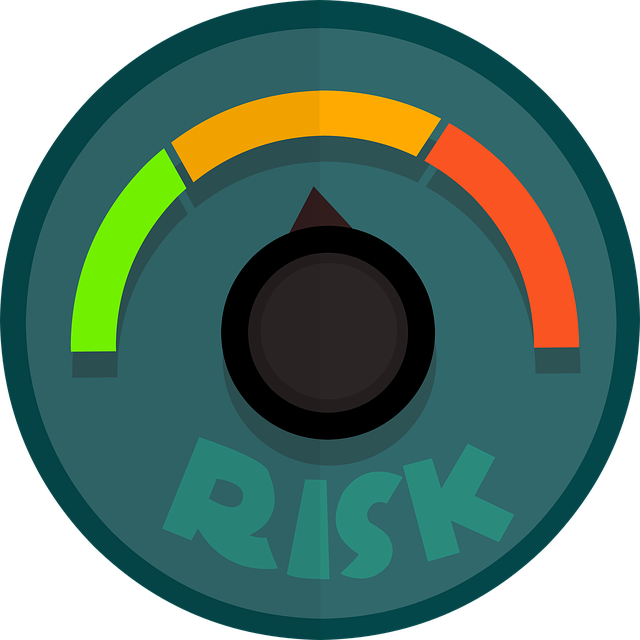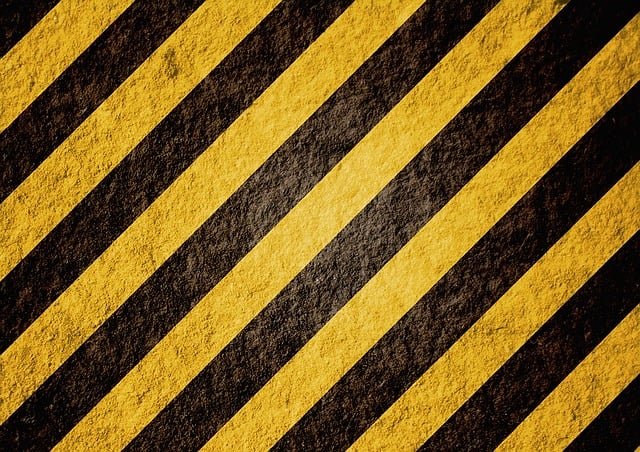Example Construction Risk Assessment: 19+ Examples, PDFs & Templates
Safety is paramount in the construction industry, and managing risks effectively can mean the difference between a successful project and a costly disaster. Construction risk assessments play a crucial role in ensuring the safety of workers and the public while maintaining compliance with industry regulations. But, how can you ensure that these assessments are thorough and effective? Let’s dive into the world of construction risk assessments and explore the key elements, templates, and tips for conducting them successfully.
Short Summary
- Construction risk assessments are essential for identifying and mitigating potential workplace hazards, as well as ensuring compliance with health and safety regulations.
- The process consists of four core elements – hazard identification, risk evaluation, control measures & documentation, to ensure the safety of all involved.
- Templates & resources can help streamline the process while technology can automate it. Legal requirements must be met for project safety & protecting business from liabilities.
Understanding Construction Risk Assessments

Construction risk assessments are essential for recognizing and reducing potential dangers in the workplace. Their primary purpose is to facilitate the prevention of potential hazards by identifying them, determining who could be affected, and outlining the control measures to be implemented in order to reduce the associated risk. Regular construction risk assessments are crucial for ensuring compliance with health and safety regulations and enabling safety teams to take corrective measures to safeguard the welfare of workers from any potential health and safety risks.
Creating a written copy of the risk assessment is highly beneficial as it demonstrates recognition, communication, and management of the site risk. Additionally, it serves as a working document that allows staff to review and provide feedback, helping to ensure that no issues or types of risk are overlooked.
Items that must be inspected on a construction site may include excavations, scaffolds, ladders, and fall arrest systems.
Key Elements of a Construction Risk Assessment

A comprehensive construction risk assessment should include four key elements: hazard identification, risk evaluation, control measures, and documentation. Each of these components plays a vital role in ensuring the safety and wellbeing of everyone involved in a construction project.
In the following subsections, we’ll explore these elements in more detail and provide guidance on how to effectively implement them in your risk assessment process.
Hazard Identification
The first step in the risk assessment process is hazard identification, which involves recognizing potential risks and evaluating their probability of occurring. Construction projects can present a wide range of hazards, including working at height, moving objects, slips, trips, and falls, noise, hand-arm vibration syndrome, material and manual handling, collapse, asbestos, electricity, and exposure to hazardous substances. By thoroughly examining the workplace and considering factors such as the environment, materials, equipment, and personnel, you can identify these hazards and begin to address them.
It’s important to remember that hazard identification is an ongoing process. As the construction project progresses and new activities commence, new hazards may emerge. By regularly reviewing your risk assessment and conducting periodic site inspections, you can ensure that all potential hazards are identified and addressed throughout the project’s lifecycle.
Risk Evaluation
Once potential hazards have been identified, the next step is risk evaluation. This involves ascertaining the magnitude of the risk and the likelihood of its occurrence. To effectively evaluate risks, it’s important to consider factors such as the probability of the risk occurring, the severity of the consequences, and the capacity for the risk to be managed. Sometimes it is essential to consult experts such as fire service, police, architects, building control and local council when conducting a risk assessment. Their specialist knowledge can be invaluable during this stage.
By conducting a thorough risk evaluation, you can prioritize the hazards that pose the greatest threat to your construction project and allocate resources accordingly. This ensures that the most significant risks are addressed first, helping to minimize the overall risk associated with the project.
Control Measures
After identifying and evaluating the risks associated with the construction project, the next step is to implement control measures. These measures are designed to reduce or eliminate the risk. Control measures can include engineering controls (e.g., modifying equipment or processes to eliminate hazards), administrative controls (e.g., implementing safety policies and procedures), and personal protective equipment (e.g., providing workers with appropriate safety gear).
When developing control measures, it’s important to consider factors such as cost, efficacy, and feasibility of implementation. By selecting the most appropriate controls for each hazard, you can effectively manage risks and minimize the potential for accidents and injuries on your construction site.
Documentation
The final step in the risk assessment process is documentation. This involves recording the findings of the risk assessment and any control measures implemented. Documentation serves as a crucial reference tool, ensuring that all relevant information is easily accessible to those who need it. It also helps demonstrate compliance with safety regulations and can be used as evidence in the event of an accident or inspection.
Method statements are an important aspect of documentation in the risk assessment process. Derived from the risk assessment findings, method statements outline the hazards and the methods by which they will be controlled for a specific job. For higher-risk, complex, or unusual work, method statements can effectively communicate the safe system of work to those executing it.
Example of a Construction Risk Assessment

To aid in understanding the construction risk assessment process, let’s explore an example. The Construction Impact Risk Assessment Template developed by UCLA serves as a sample risk assessment that evaluates potential risks in construction. It outlines the requirements for construction, the level of risk involved, safety protocols, and methods of control. This template can be used as a starting point for your own construction risk assessment, helping to ensure that all relevant factors are considered and addressed.
Another example is the “Risk Assessment Construction Sample” template, which aims to mitigate risks in construction companies and provide guidance for designing control measures. By utilizing such templates, you can streamline the risk assessment process and ensure that your construction project is conducted safely and in compliance with industry regulations.
Construction Risk Assessment Templates and Resources

Templates and resources are available to help streamline the risk assessment process and ensure that all relevant aspects are considered. Free construction risk assessment templates can be found on numerous websites, including RAMS document and task-specific risk assessments. These templates provide a structured format for documenting hazards, risks, control measures, and other relevant information, making it easier for you to conduct a thorough assessment.
In addition to templates, other resources are available to facilitate construction risk assessments. This may include guides, checklists, and software tools designed to help manage and track risk assessments. By leveraging these resources, you can improve the efficiency and accuracy of your risk assessments, ultimately helping to enhance safety on your construction site.
Tips for Conducting Effective Construction Risk Assessments

To conduct effective construction risk assessments, it’s important to take a systematic approach and consider all relevant factors. Here are some tips to keep in mind when conducting your risk assessments: – Be thorough in hazard identification, considering the environment, materials, equipment, and personnel involved. Assess the risks associated with potential hazards, taking into account their probability, severity, and capacity for management. – Develop appropriate controls to mitigate the risks, considering cost, efficacy, and feasibility of implementation. – Ensure proper documentation of the risk assessment, including hazard identification, risk evaluation, control measures, and method statements.
By following these tips and employing a systematic approach, you can effectively manage risks and ensure the safety of your construction project.
Legal Requirements and Industry Standards

When conducting construction risk assessments, it’s crucial to adhere to legal requirements and industry standards. This includes maintaining records of thorough examinations and tests of lifting equipment, as well as ensuring that these records are readily available to enforcement authorities, securely maintained, and capable of being reproduced in written form.
Compliance with legal requirements and industry standards not only helps to ensure the safety of your construction project, but also protects your business from potential fines, penalties, and legal liabilities. By staying up-to-date with the latest regulations and best practices, you can ensure that your risk assessments are thorough, effective, and compliant.
Addressing Common Construction Hazards

In construction, there are several common hazards that must be addressed during the risk assessment process. These hazards are often referred to as the “Fatal Four” and include falls, electrocution, being struck by objects, and being caught in/between objects. Falls are the most prevalent source of fatalities on construction sites, with the primary causes being the absence of personal fall arrest systems, inadequate general safety equipment, and improper use of ladders or scaffolds.
To address these common hazards, it’s important to implement appropriate control measures, such as the use of personal protective equipment, proper training, and the correct selection and use of tools and equipment. By effectively managing these hazards, you can significantly reduce the risk of accidents and injuries on your construction site and create a safer working environment for all involved.
The Role of Technology in Construction Risk Assessments

Technology can play a significant role in construction risk assessments by automating and streamlining the process, making it more efficient and accurate. For example, software tools can help automate the risk assessment process and ensure adherence to safety regulations. By leveraging technology, you can minimize the time and cost associated with manual risk assessments while enhancing precision and compliance with safety regulations.
In conclusion, technology can be a valuable asset for improving the efficiency and accuracy of construction risk assessments while also helping to protect workers and identify potential hazards before they occur. By embracing the latest technological advancements in risk assessment, you can enhance safety, compliance, and overall project success.
Summary
Construction risk assessments are a vital component of maintaining safety and compliance within the construction industry. By understanding the key elements of risk assessments, leveraging available templates and resources, and following best practices, you can effectively manage the risks associated with your construction projects. Embracing technology can further streamline the risk assessment process and ensure adherence to safety regulations. Remember, a well-executed construction risk assessment is the foundation for a safe, successful, and compliant construction project.
Frequently Asked Questions
What are examples of risk assessments in construction?
Risk assessments in construction involve the evaluation of potential hazards that may arise from specific activities, such as working at heights, hazardous materials, manual handling, noise, vibration, and lead. This helps ensure that safety protocols are properly followed to minimize potential risks on a building site.
How do you write a construction risk assessment?
To write a construction risk assessment, you should routinely identify any potential hazards and who could be harmed by them. Evaluate the risks and prioritize them according to severity. Record the significant findings and create a plan of action for mitigating risks with suitable control measures.
Review and update the assessment regularly.
What is a typical construction risk assessment?
A typical construction risk assessment involves the identification of potential hazards, assigning responsibility for taking necessary safety measures, and assessing the relevant steps needed to reduce or eliminate these risks. It includes reviewing hazardous substances, manual handling, noise, materials, and a fire safety risk assessment.
The five-step process of a risk assessment involves identifying, evaluating, eliminating, controlling, and managing risks.
What is an example of a risk assessment?
An example of a risk assessment is a Health and Safety Risk Assessment, which helps safety managers determine the risks associated with a job, workplace, and current processes. This allows them to identify potential hazards and make necessary changes to protect the health and safety of employees.
Comments are closed